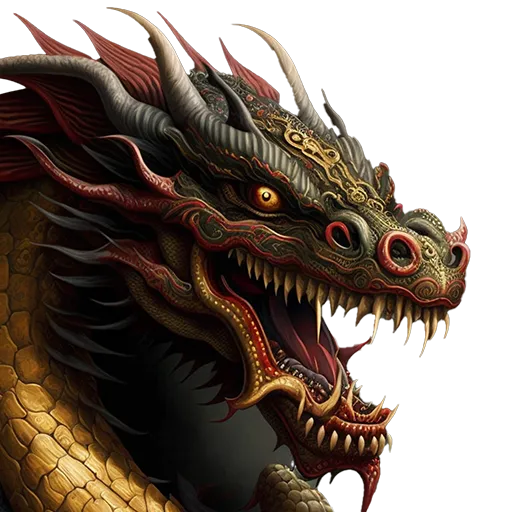What is Tui Shou (推手) or Push Hands in Taijiquan?
Tui Shou is made up of two Chinese Characters. The first, 推, Tui means to push. The second character, 手, Shou, means hand. Hence, Tui Shou is translated as Push Hands or Pushing Hands. This definition, however, does not do justice to the intricacies and highly evolved concepts that guide its practice.
Tui Shou is an important aspect of training in traditional Taijiquan. By “traditional” I refer to the art that is still practiced as a comprehensive martial art system, which, sadly, is becoming rare. The importance of Tui Shou cannot be underestimated; without Push Hands practice, the art of Taijiquan can be considered sterile.
Tui Shou requires practice with a partner. In a way, it can be regarded as sparring because contact with your partner is required, but there is no striking involved. Another explanation is that Tui Shou uses various skills with the goal of unbalancing your partner without using force.
It is said that Forms practice teaches you about yourself and Push Hands practice teaches you about your opponent. And since Tai Chi advocates the principle of overcoming a great force with a small one, Push Hands is the gateway to understanding and developing this concept, so that, in time, it can be applied in actual self-defense situations or in fighting.
There are three types of Push Hands practice often seen in modern competitions: Fixed Step Push Hands, Restricted Step Push Hands, and Free Style Push Hands. Since this is a brief introduction to Tui Shou, each method will be described in more detail in a future post.
While being loose (Song) is paramount in Tui Shou, just as it is in practicing the Taiji form, there are other principles to be applied. Once contact is made with your partner you must cultivate a light touch and rely on what is known as Ting Jin (聽勁) – Listening Energy. Ting Jin teaches you to sense the direction and weight of your partner’s force and momentum. This is difficult if you are rigid, or if your partner moves too fast. But since partners come in all sizes and have different characteristics, you must learn to adapt.
To put Ting Jin into practice, you must apply the principle of She Yi Cong Ren (捨已從人) – Stick To And Follow, or more precisely, Give Up Yourself to Follow Others. This is an idea to which you must give special attention.
To Give Up Yourself to Follow Others is especially difficult for beginners, and even the more experienced practitioners often deviate from this principle. She Yi Cong Ren requires what Professor Zheng Manqing referred to as “investing in loss.” This necessitates that you remain loose and avoid using force. Stick to your partner with a soft touch and yield to the oncoming force. If you get pulled or pushed off balance, don’t become frustrated, but learn from each loss and return to the center with a calm demeanor when you once again cross hands with your partner. In time, if you are mindful and remain humble, you will come to realize that each loss is a gain.
By practicing Song, Ting Jin and She Yi Cong Ren assiduously, you will be on your way to developing the groundwork that will deepen your understanding and sharpen your skill in Push Hands. But being loose during practice doesn’t mean being lax. You must remain vigilant and mindful that Push Hands is never to be regarded as a game. Its practice will hone skills that are essential for Taiji to be effective in self-defense and as a prelude to fight training. In future posts I will explore other principles of Tui Shou.
My Journey in the Art of Tui Shou
I understood early on the importance of Push Hands practice. My training was largely influenced by the teachings of Grandmaster William C. C. Chen and Grandmaster Tao Bingxiang. Although they both learned from Professor Zheng Manqing and highly skilled, they had a different approach to imparting their knowledge (Tao Bingxiang passed in 2006). I consider myself fortunate to have received tutelage from both. I have also learned Push Hands skills from Grandmaster Leung Shum. I have been practicing and teaching Push Hands for more than 40 years and I am still learning.
